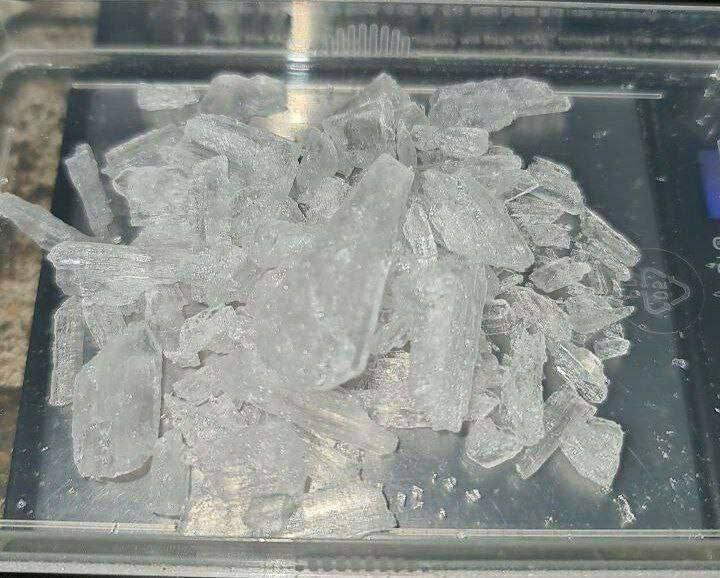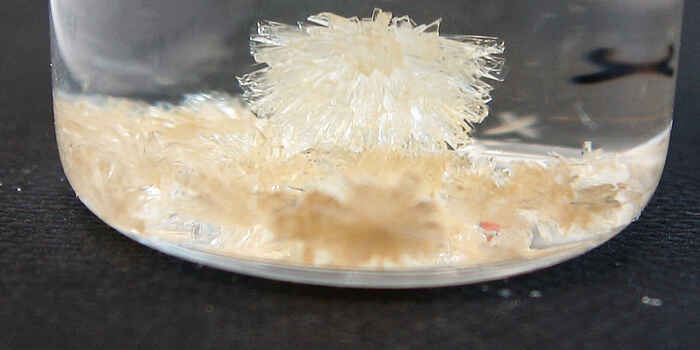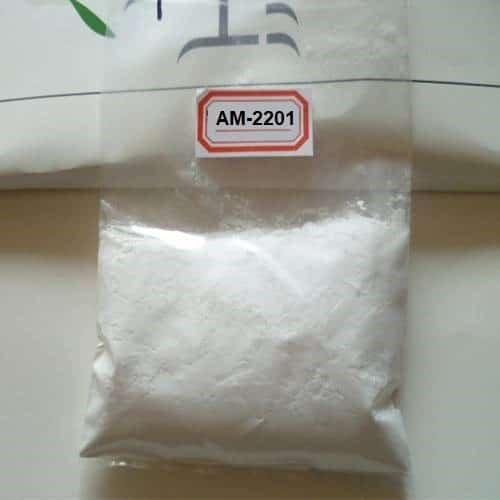Nearly 1.6 million people reported using methamphetamine in the past year, highlighting its widespread impact on drug abuse, substance use disorder, and the need for substance abuse treatment, with resources like the national helpline SAMHSA available for support. Understanding how long does meth amphetamines stay in your system, whether for a few hours or days, is crucial for anyone facing drug tests, seeking recovery, or looking for support groups and the national helpline SAMHSA. Factors like metabolism, frequency of use, and the type of test (urine, blood, or hair) play significant roles in detection times. This blog post aims to shed light on these aspects, offering insights into what influences methamphetamine’s presence in your body and providing guidance for those navigating its effects. It calls for awareness and suggests contacting a national helpline if you or someone you know is struggling with addiction, emphasizing the importance of seeking help any time of year.
-
 Ethylone (3,4-methylenedioxy-N-ethylcathinone)Price range: $350.00 through $2,850.00
Ethylone (3,4-methylenedioxy-N-ethylcathinone)Price range: $350.00 through $2,850.00 -
 3 MMC Reddit: Unveiling Experiences, Risks, & Legality InsightsPrice range: $260.00 through $2,500.00
3 MMC Reddit: Unveiling Experiences, Risks, & Legality InsightsPrice range: $260.00 through $2,500.00 -
 Crystal Meth (methylamphetamine)Price range: $320.00 through $5,200.00
Crystal Meth (methylamphetamine)Price range: $320.00 through $5,200.00
Key Takeaways on how long Methamphetamines Stay in your System
- Methamphetamine can stay in your system for varying durations, generally detectable in urine for 1 to 4 days, but this can extend depending on several factors such as metabolism rate and the amount consumed.
- Factors like your physical health, the frequency of use, and the method of consumption significantly influence how long meth remains detectable in your body.
- Addressing common misconceptions, meth detection times can vary widely among individuals; it’s not a one-size-fits-all situation.
- Overcoming meth addiction is challenging but possible with the right support and treatment options tailored to the individual’s needs.
- If you or someone you know is struggling with meth addiction, seeking professional help is a crucial step towards recovery.
- Staying informed about the effects of meth and how it interacts with the body can empower individuals to make healthier decisions regarding substance use.
Understanding Meth and Its Effects
Meth Basics
Methamphetamine, often referred to as meth, is a powerful central nervous system stimulant. It goes by many street names, including crystal, ice, and crank. This substance affects the brain significantly, leading to both immediate and long-term health consequences.
People use meth for its ability to produce euphoria, increase energy, and enhance focus. However, these short-term benefits come with significant risks.
Immediate Effects
The immediate effects of meth on the body are profound. Users often experience a rapid heart rate, increased blood pressure, and elevated body temperature. The psychological impact is just as intense, with feelings of extreme happiness or well-being. But these effects are fleeting.
Meth also leads to decreased appetite and increased physical activity. These changes can have severe implications for one’s health if used regularly.
Long-Term Impact
Regular use of meth can lead to addiction, a chronic disease that affects the brain’s reward system. Addiction makes quitting extremely difficult without help.
Long-term health consequences include dental problems, known as “meth mouth,” skin sores, and increased risk of infectious diseases. The impact on mental health is profound, with users experiencing anxiety, confusion, and, in some cases, violent behavior.
Meth Detection Times
Urine Test
Urine tests are commonly used to detect methamphetamine. They can show meth use from 1 to 4 days after the last dose. This window may vary based on how often someone uses it.
Meth’s presence in urine is influenced by several factors. These include metabolism rate and the amount consumed.
Blood Test
Blood tests offer a shorter detection period for how long meth amphetamines stay in your system, typically 1 to 3 days. They are very accurate but more invasive than other methods.
This method is often used in medical settings, like emergency departments, for immediate analysis.
Saliva Test
Saliva testing is another non-invasive way to check for meth use, with a detection window of 1 to 4 days. It’s quick and easy, making it ideal for workplace testing.
Factors such as oral hygiene and usage frequency can affect the results.
Hair Follicle Test
Hair follicle tests can trace meth use back up to 90 days. They provide a long-term view of substance use but require more time to process.
This method is less affected by short-term abstinence before the test.
Factors Influencing how long meth stays in your system
Metabolism Rate
Metabolism plays a crucial role in how quickly methamphetamine leaves the body. Individual metabolic rates vary greatly, affecting the speed of drug processing and elimination. Those with a higher metabolism will typically clear meth from their system faster than individuals with slower metabolic rates.
Use Frequency
The frequency and amount of meth use significantly impact its detectable duration. Regular users may find that meth stays in their system longer due to accumulation. In contrast, occasional users might process and eliminate the drug more swiftly.
Physiological Factors
Several physiological factors also influence how long meth remains detectable. Hydration levels, for instance, can affect drug concentration in the urine. Similarly, body mass and liver function play important roles. A larger body mass may retain meth longer, while healthy liver function ensures more efficient processing and elimination of the substance.
Common Questions and Myths
Home Remedies
Many people search for quick fixes to remove methamphetamines from their systems. They turn to healthline and other resources, hoping to find a miracle solution. Yet the truth is starkly different. No scientific evidence supports the effectiveness of home remedies or commercial products in rapidly removing meth from the body. Detoxification is a process that the body must naturally undergo, with the liver playing a crucial role. Trusting in unverified methods can not only prove ineffective but may also pose serious health risks.
Second-Hand Smoke
Concerns about second-hand smoke leading to positive meth test results are common. Families and support groups often worry when living with a user. However, exposure to meth through second-hand smoke is highly unlikely to cause non-users to test positive on drug tests. The amount absorbed by bystanders is minimal and below detection thresholds for standard testing protocols. This information provides relief to many calls received from concerned family members seeking guidance.
Detection Times
Misconceptions about how long meth stays detectable in the system lead to a lot of confusion. It’s important to understand that detection times vary significantly based on several factors, including metabolism rate and frequency of use. Generally, meth can be detected in urine for up to 3–5 days after use. Hair follicle tests extend this window up to 90 days. Understanding these scientific facts helps dispel myths and underscores the importance of credible information service and care for individuals seeking support or referrals.
Overcoming Meth Addiction
First Steps
Recognizing the need for help is the initial step in overcoming meth addiction. It involves admitting the power substance abuse holds over one’s life. Once this acknowledgment occurs, reaching out for support becomes crucial. Many start by confiding in loved ones or contacting national helplines like SAMHSA for guidance.
Seeking a reputable treatment center is key. These facilities offer comprehensive meth addiction treatment programs tailored to individual needs. A blend of detoxification to rid the body of drugs and behavioral therapy to address the root causes of addiction forms the core of effective treatment.
Professional Programs
Meth treatment programs often include both inpatient and outpatient options. Inpatient care provides a structured environment for recovery, while outpatient programs allow individuals to receive treatment while living at home. Substance use disorders are complex, requiring diverse approaches for successful management.
Counseling and group therapy sessions play significant roles in these programs. They help individuals understand their addiction, develop coping strategies, and rebuild damaged relationships. The goal is to foster long-term recovery and prevent relapse.
Success Stories
Hearing about others who have successfully overcome meth addiction can be incredibly motivating. Success stories often highlight improved health, mended relationships, and new beginnings. These narratives serve as powerful reminders that recovery is possible with the right support and determination.
Closing Thoughts
Understanding how long methamphetamines stay in your system is crucial, not just for passing drug tests but for your health and recovery journey. We’ve covered the basics, from detection times to factors that influence how long meth stays detectable. You now know what to expect and how various elements can alter these timelines. Overcoming meth addiction is a significant step towards a healthier life, and recognizing the impact of meth on your body is part of that process.
If you or someone you know is struggling with meth use, remember that help is available. The journey to recovery might seem daunting, but it’s a path worth taking for your health and well-being. Reach out to a healthcare provider or local support group today. Your future self will thank you for it.
Frequently Asked Questions
How long does methamphetamine stay in your system?
Meth can be detected in urine for up to 72 hours, but it stays in your hair follicles for up to 90 days. Blood and saliva tests can detect meth for about 48 hours after the last use.
What factors influence how long meth stays in your system?
Factors include your metabolic rate, body mass, age, hydration level, physical activity, and the amount of meth used. Each individual’s body processes substances differently, affecting detection times.
Can drinking lots of water help meth leave your system faster?
While staying hydrated is crucial for overall health, drinking water does not significantly speed up the elimination of meth from your system. Detoxification processes are primarily dependent on metabolism and liver function.
How soon can meth be detected in a drug test after use?
Meth can be detected as early as 2–5 hours after use in urine tests. For hair tests, it takes approximately 7–10 days from the last use to be detectable.
Is there a way to quickly remove meth from my system?
There is no quick fix to remove meth from your system. The best approach is to stop using it and allow your body time to metabolize and eliminate the substance naturally.
Are home remedies effective in cleansing meth out of my system?
Most home remedies lack scientific evidence and are not proven to effectively eliminate meth from your body faster than the body’s natural detoxification process.
Can exercise influence how long methamphetamines stay in your system?
Exercise might slightly boost metabolism, potentially aiding in the faster elimination of substances like meth. However, its impact is minimal compared to factors like metabolic rate and overall health.






